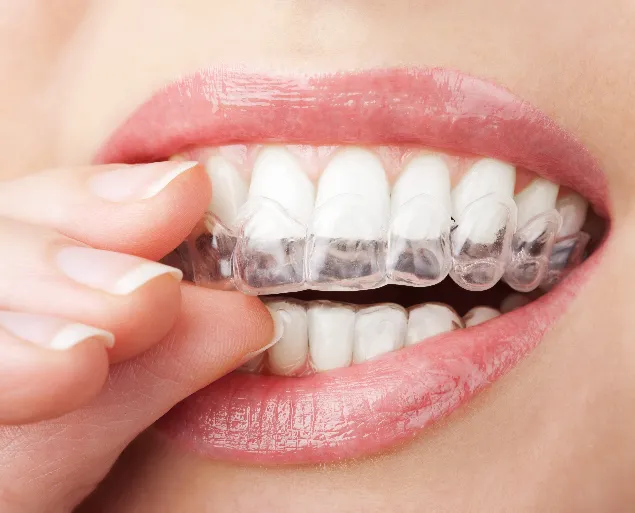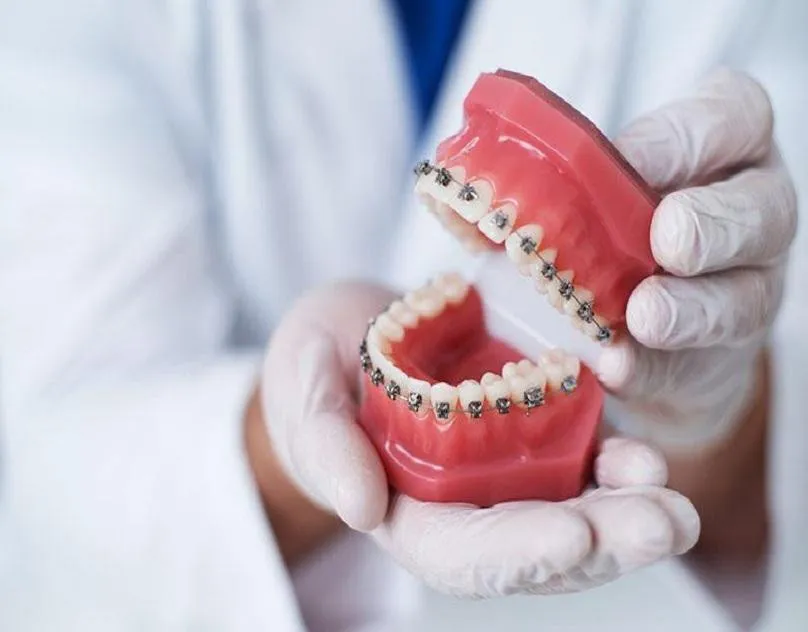What Is Teeth Whitening
Teeth whitening is a cosmetic dental procedure designed to lighten the color of your teeth and remove stains and discoloration. Over time, teeth can become stained due to various factors such as aging, the consumption of staining foods and drinks (coffee, tea, red wine), tobacco use, and certain medications. Teeth whitening treatments work by using bleaching agents, typically hydrogen peroxide or carbamide peroxide, to break down the stain molecules and restore a brighter, whiter smile. The popularity of teeth whitening has soared in recent years, as more people seek to improve their appearance and boost their confidence. It’s a relatively simple and often affordable procedure that can make a significant difference in a person’s overall look.
The Science Behind Teeth Whitening
The process of teeth whitening is rooted in chemical reactions. The active ingredients, usually hydrogen peroxide or carbamide peroxide, penetrate the enamel of the teeth. These bleaching agents break down into oxygen molecules, which then react with the stain molecules. This reaction oxidizes the stain molecules, breaking them into smaller, less visible components. This process doesn’t damage the tooth structure itself, but rather targets the discolored substances within the enamel and dentin. The effectiveness of the whitening process depends on the concentration of the bleaching agent, the duration of its contact with the teeth, and the individual’s tooth structure and the type of stains present. Different whitening methods use varying concentrations and application times to achieve optimal results.
Types of Teeth Whitening Methods

There are several teeth whitening methods available, each with its own advantages and disadvantages. These methods can be broadly categorized into over-the-counter and professional treatments. Over-the-counter options include whitening toothpastes, strips, and gels, which are readily available in drugstores and supermarkets. Professional treatments, on the other hand, are administered by dentists and offer more potent whitening agents and customized applications. The choice of method depends on factors such as the severity of staining, the desired level of whitening, budget, and the patient’s overall oral health. Understanding the different types of whitening methods can help individuals make informed decisions about the best option for their needs.
Over-the-Counter Teeth Whitening Options
Over-the-counter (OTC) teeth whitening options are a convenient and affordable way to whiten teeth at home. Common OTC products include whitening toothpastes, strips, and gels. Whitening toothpastes contain mild abrasives and chemical agents that help remove surface stains. Whitening strips are thin, flexible strips coated with a peroxide-based whitening agent that adheres directly to the teeth. Whitening gels are applied using trays or brushes. While OTC products are generally safe, they may not be as effective as professional treatments. They are most effective for removing surface stains and achieving a subtle whitening effect. It’s crucial to follow the product instructions carefully to avoid irritation and ensure optimal results. Consistency is key, as it may take several weeks to see noticeable results with OTC products.
Professional Teeth Whitening Treatments
Professional teeth whitening treatments, performed by a dentist, offer the most effective and dramatic results. These treatments typically involve higher concentrations of bleaching agents and are applied under controlled conditions. In-office whitening involves applying a strong whitening gel to the teeth and using a special light or laser to activate the whitening agent. The entire procedure usually takes about an hour, and patients can see significant whitening in a single session. Another professional option is custom-fitted whitening trays. Your dentist takes impressions of your teeth to create trays that fit perfectly. You then use a prescription-strength whitening gel at home, following the dentist’s instructions. Professional treatments are generally more expensive than OTC options, but they provide faster and more dramatic results. They are also monitored by a dental professional, which minimizes the risk of side effects and ensures the safety of the procedure.
At-Home vs Professional Teeth Whitening

Choosing between at-home and professional teeth whitening depends on individual needs and preferences. At-home options are more convenient and budget-friendly, making them a popular choice for many. However, they may not be as effective for deep stains or significant discoloration. Professional treatments offer superior results and are ideal for those seeking dramatic whitening or dealing with stubborn stains. Professional treatments are also safer because they are performed under the supervision of a dentist. Considerations include the severity of the stains, the desired level of whitening, the time commitment, and the budget. It is recommended to consult with a dentist to determine the best option for your specific needs and oral health condition.
Benefits of Teeth Whitening
Teeth whitening offers a multitude of benefits beyond just aesthetic improvements. A brighter smile can significantly enhance your self-esteem and confidence. It can make you feel more approachable and improve your social interactions. Studies have shown that a bright smile can also have positive psychological effects, making you feel happier and more optimistic. Additionally, teeth whitening can motivate you to take better care of your oral health. When you invest in whitening your teeth, you are more likely to maintain good oral hygiene practices, such as regular brushing, flossing, and dental check-ups. The benefits of teeth whitening extend beyond personal appearance, impacting overall well-being and self-perception.
How to Maintain Your White Smile
Maintaining a white smile requires consistent effort and good oral hygiene practices. After undergoing teeth whitening, it’s important to avoid foods and drinks that can stain your teeth. This includes coffee, tea, red wine, and dark-colored berries. It is also important to quit smoking. Regular brushing and flossing are crucial for removing plaque and preventing stains. Using a whitening toothpaste can also help maintain your results. Schedule regular dental check-ups and cleanings to remove surface stains and address any potential issues. Consider touch-up treatments to maintain your desired level of whiteness. With proper care and attention, you can enjoy a bright and beautiful smile for years to come.
Potential Risks and Side Effects

While teeth whitening is generally safe, it’s important to be aware of potential risks and side effects. The most common side effect is tooth sensitivity, which usually subsides within a few days. Gum irritation can also occur if the whitening agent comes into contact with the gums. In rare cases, over-whitening can cause the teeth to appear translucent or unevenly colored. It’s essential to follow the instructions carefully and avoid overuse of whitening products. Individuals with certain dental conditions, such as cavities or gum disease, may not be suitable candidates for teeth whitening. Consulting with a dentist before starting any whitening treatment can help minimize the risk of complications and ensure the best possible results.
Choosing the Right Teeth Whitening Method
Selecting the right teeth whitening method depends on your individual needs, preferences, and oral health. Consider factors such as the severity of your stains, your budget, and your desired level of whitening. For minor staining, over-the-counter products may be sufficient. For more significant discoloration or faster results, professional treatments are generally recommended. Consult with your dentist to discuss your options and receive personalized recommendations. Your dentist can assess your oral health, identify any underlying issues, and guide you toward the most appropriate whitening method. By making an informed decision, you can achieve a brighter, healthier smile safely and effectively. Remember to prioritize your oral health and choose a method that aligns with your overall well-being.
